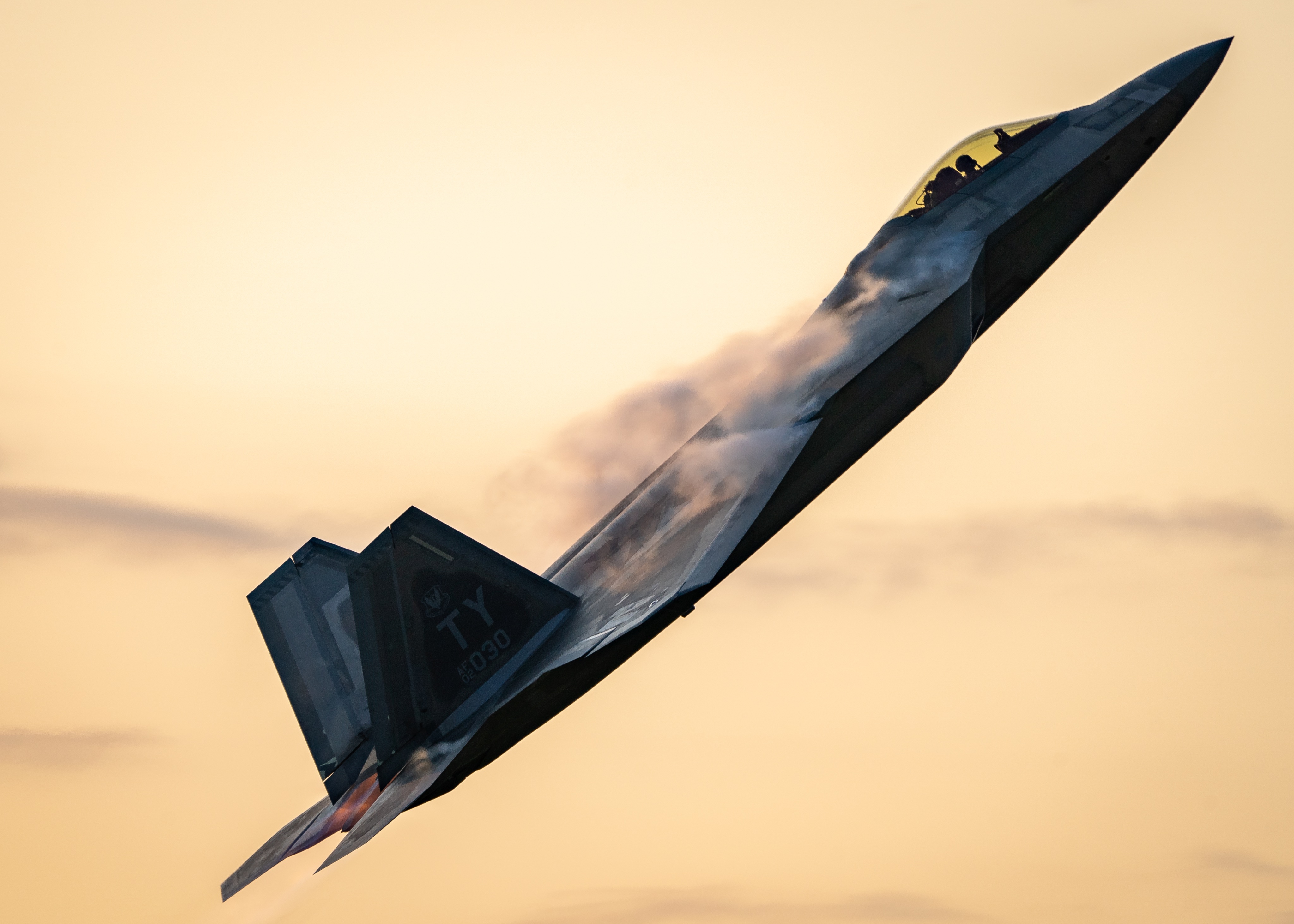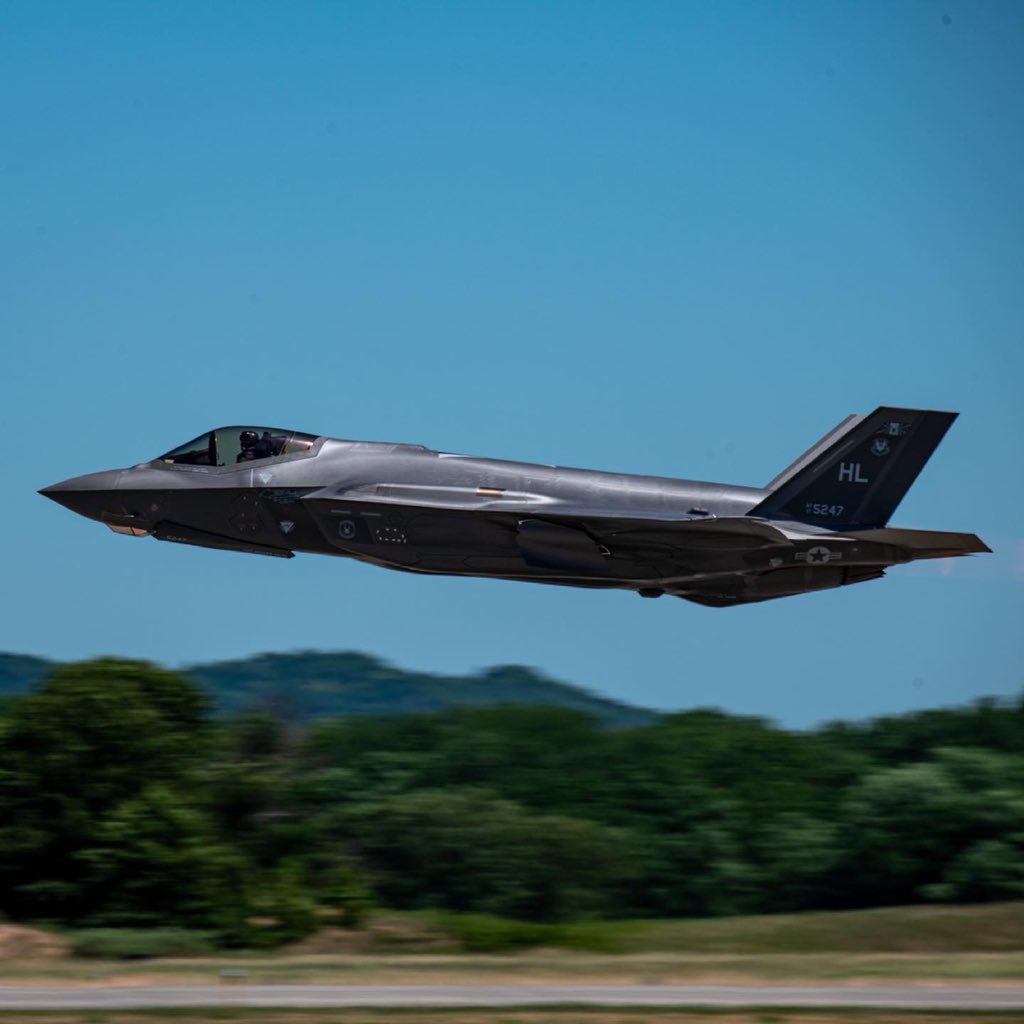The battle of stealth fighters jets between American, Russian and Chinese aircraft could dramatically impact the global export market. The US has sold its F-35 jets to a plethora of nations while Russia and China are yet to find a customer for their stealth jets.
Unlike the US F-35 and Russian Su-57 fighter jets, China is closely guarding its 5th-generation J-20 stealth aircraft, banning its export to other countries just like the US refuses to sell its F-22 Raptors.
After the development of the J-20, there were speculations that China would sell the fighter jet, at least to its close allies, but nothing of that sort had happened so far.
From Taiwan Strait To Indian Border, China Using Its Stealth J-20 ‘Mighty Dragons’ As Scare Tactics
In 2014, Song Zhongping, a former officer of the Chinese strategic missile force, said that the export of advanced military technology of the country was prohibited, “in order to keep J-20’s fifth-generation technology out of hostile hands”.
Also known as the ‘Mighty Dragon’, the J-20 has been developed by China’s Chengdu Aerospace Corporation and has served the Chinese Air force for a decade. It is a single-seat, all-weather, stealth fighter aircraft with precision strike capability.
The aircraft is also equipped with active electronically scanned array (AESA) radar, an internal cannon, and it can carry long-range PL-12C/D and PL-21 air to air missiles (AAM).

The two small lateral weapon bays in the aircraft can integrate PL-10 short-range AAM. The aircraft can also carry air-to-surface missiles, anti-radiation missiles, laser-guided bombs and drop bombs. The jet can fly at a speed of 2,100 kmph, and its service ceiling is reported to be 18,000 m.
Earlier this year, The EurAsian Times reported that work is underway to enhance the capabilities of the J-20 further. It is believed that a twin-seater variant of the jet is being developed which will be equipped with electronic warfare systems (EWS) and deploy swarm drones.
#AVIC releases CGI of twin-seat J-20 fighter aircraft https://t.co/idVLGe7JEN #aircraft pic.twitter.com/3KztZMLZ3t
— Janes (@JanesINTEL) January 19, 2021
The second pilot will responsible for the deployment of advanced weapon systems, coordination with the advanced electronic warfare technologies besides managing the swarm of drones.
Is J-20 Inspired By F-22 Raptor?
The development of the J-20 stealth fighter was, however, mired in controversy as there were allegations that Chinese hackers stole critical design components and data from the US F-22 Raptor program.
The US had accused the Chinese military of stealing critical information on the designs of its stealth fighters, NBC News reported. Many experts highlighted the similarities between the Chinese J-20 and the F-35 and F-22 of the US military.

Justin Bronk, a research fellow at the London-based think-tank Royal United Services, stated China has been stealing design information and it is a well-known “Chinese strategy to steal what they can and reverse engineer it”.
The allegations were refuted by the Chinese Ministry of National Defence by terming the J-20 as a new generation stealth fighter jet, developed by China indigenously.
The US F-35 Lightning II
The F-35 Lightning II joint strike fighter is a supersonic stealth aircraft developed by the Lockheed Martin Aeronautics Company. It is manufactured for the use of the US military, NATO program partners and US allies, according to Air Force Technology.
WHY DID NETIZENS ‘MOCK’ NIGERIA FOR JF-17 DEAL WITH PAKISTAN?
The aircraft is 15.7 m long and has a wingspan of 13.1 m. The average speed of the aircraft is Mach 1.6 and it can carry a weapon payload of 8,160 kg.

The stealth fighter jet is available in three variants – F-35A is a conventional take-off and landing (CTOL) variant; F-35B is for short take-off and vertical landing (STOVL) and the carrier variant (CV) F-35C.
Recently, Switzerland sealed a deal to purchase Lockheed Martin’s F-35 becoming the 15th nation to operate the stealth fighter jets. Six European countries use the F-35s at present.
The Russian Su- 57
The Sukhoi Su-57 is a fifth-generation multirole fighter developed by Russia. The stealth technology and the use of composite materials enable the jet to develop a supersonic cruising speed, according to the Russian News Agency TASS.
The jet is equipped with advanced onboard radio-electronic equipment, an electronic second pilot, a radar system, and armament positioned in the fuselage. The jet is capable of destroying targets on land, air and sea.
The Russian jet is also equipped with hypersonic missiles and was successfully tested in combat in Syria. Last month, Russian Deputy Prime Minister Yuri Borisov mentioned that the Sukhoi Design Bureau, in collaboration with the Russian Defence Ministry, is working on plans to develop a two-seat Su-57 fifth-generation fighter for its export configuration.
Russian stealth fighters ??#SU57 pic.twitter.com/vYoxAe0ZM4
— Fighter-pictures (@fighterpics) November 30, 2020
Recently a report by The EurAsian Times mentioned that Russia is in talks with five potential buyers for its new fifth-generation Su-57 fighter.
Even though not much is known about the five countries, there are rumors that Algeria, China, Egypt, Vietnam, Turkey and Myanmar may have expressed their interest in the Russian jets.
China’s FC-31
While the Chinese stealth aircraft J-20 is not for sale, Beijing has developed another stealth fighter, the Shenyang J-31, now called FC 31, for the purpose.
The stealth aircraft is a fifth-generation, multi-role, twin-engine stealth fighter aircraft. It is manufactured by the Shenyang Aircraft Corporation, a partner of the Aviation Industry Corporation of China (AVIC).
According to reports, the jet is capable of providing advanced support in conducting close-air support, aerial bombing and air interdiction operations.
It can be used with one internal cannon, two internal bays in the fuselage and three payload hard-points. Up to two missiles can be carried by each of the internal weapon bays of the jet.
The average speed of the aircraft is approximately 2,200 kmph and has a maximum range of over 2,000 km in the case it is fitted with external fuel tanks. The service ceiling of the jet is around 20,000m.
Though available for exports, it seems that the jet has not been able to find a potential buyer yet. Many experts believe the prime reason for this may be China’s non-cordial relations with major countries.
The market for Chinese jets seems to have been limited to a few countries. Since the 1990s, the core market for Chinese fighter jets has been limited to countries such as Pakistan, Bangladesh, Myanmar, North Korea and some African countries.
AT €7.8B, WHY INDIAN RAFALE JETS ARE ‘DOUBLE THE COST’ THAN EGYPTIAN RAFALES?
Citing a report by the Centre for Strategic and International Studies, Wion reported that in the last 10 years, 63.4 percent of China’s arms have been exported to Pakistan, Bangladesh and Myanmar.
In the last 20 years, China’s military export has been worth around $7.2 billion, while that of the US has been $ 99.6 billion with Russia in second place after the US at $ 61.5 billion.
READ MORE
- Watch: The Ultimate Dogfight Between US & Russian Fighter Jets Over A ‘Top-Secret’ Air Base In Nevada
- Why India’s Ladakh Region Is Crucial For China’s Rise As An Economic Super-Power?




